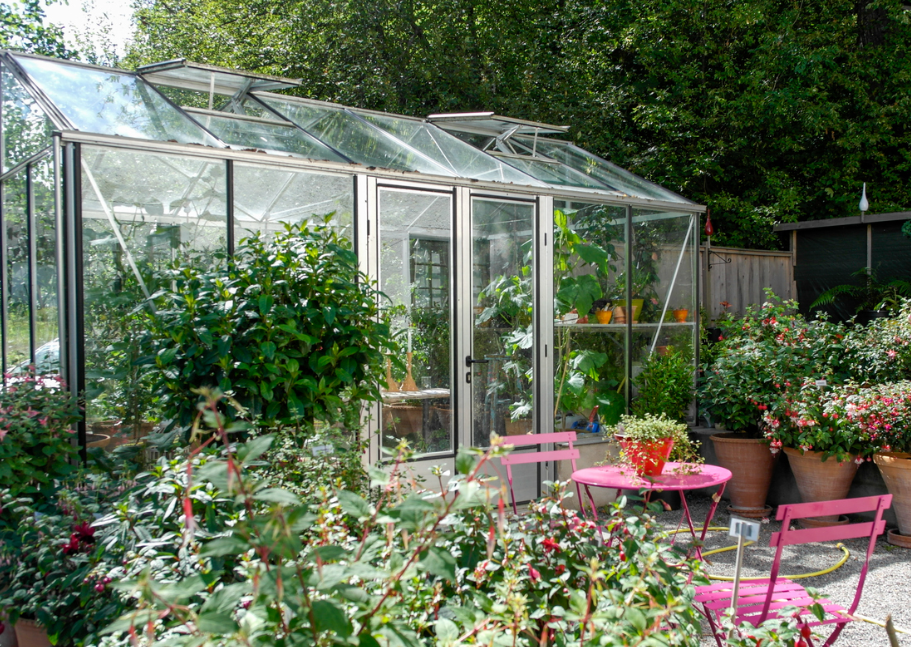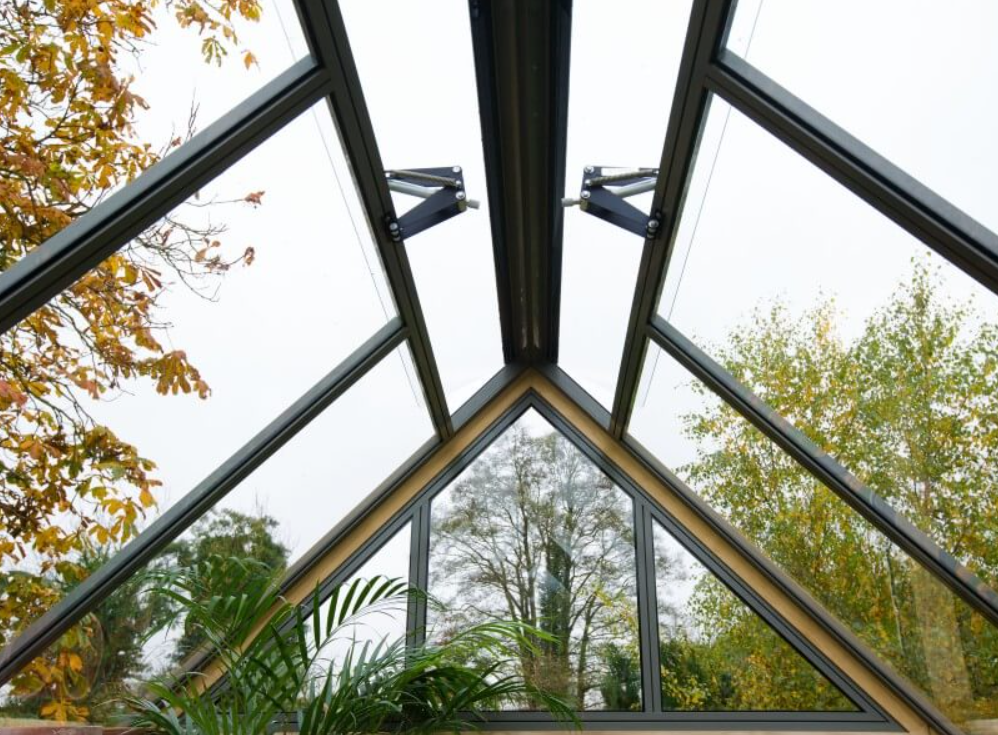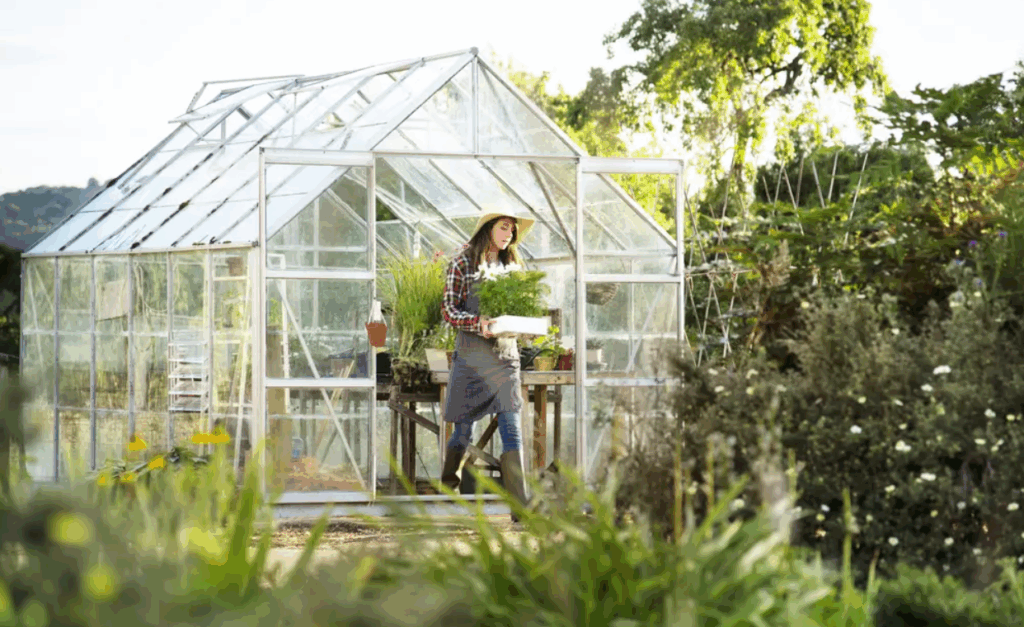A greenhouse can completely change the way you garden—fresh vegetables and colourful blooms, no matter the season. Imagine picking ripe tomatoes for your lunchtime sandwich or snipping cheerful flowers even on the greyest winter day.
Whether you’ve got a modest garden or a bit of extra space, a greenhouse makes it easier to grow what you love all year round. If you’ve dreamed about adding one to your outdoor space, now’s a great time.
With these 7 smart tips, you can set it up for success and enjoy homegrown produce without worrying about the weather.
Choose a Reliable Plastic Sheet Supplier

When building a greenhouse, selecting a reliable plastic sheet supplier is crucial for ensuring the longevity and effectiveness of your structure. The plastic sheeting you choose acts as the protective barrier between your plants and the outside world, helping to create the perfect environment for growth.
Without quality plastic, your plants would be exposed to unpredictable elements, pests, and temperature extremes that can stunt their growth and damage your investment.
UV-resistant polyethylene plastic is a popular choice for greenhouses, thanks to its ability to block harmful UV rays while allowing the right amount of sunlight. This type of sheeting also helps keep the temperature and moisture levels stable within the greenhouse, promoting healthy plant growth.
For most greenhouses, a thickness of 6 mil (0.15 mm) is ideal. It’s thick enough to be durable, protecting your greenhouse from the elements, yet still allowing for the necessary light transmission to nourish your plants.
When selecting a plastic sheet supplier, you should consider several key factors. First, make sure they offer plastic sheeting specifically designed for greenhouse use. It should be UV-resistant to prevent degradation over time and ensure long-lasting protection. Durability is another important consideration. The sheeting should be resistant to tears and punctures, as any damage to the cover can compromise the integrity of your greenhouse.
It’s also worth looking into the supplier’s reputation. Do they offer clear product specifications, such as thickness, UV protection, plastic cutting services and warranty coverage? Reading customer reviews can provide valuable insight into the quality of the product and customer service.
Investing in the right plastic sheeting can have a big impact on the success of your greenhouse. Quality plastic ensures your plants have the protection they need while keeping the structure durable and long-lasting. With the right supplier, you’ll be able to create a thriving garden all year round, no matter what the weather throws at you.
Pick the Right Frame Material
Picking the right frame for your greenhouse makes a big difference in how well it holds up. The good news is you have a few options to explore. Aluminium is lightweight, rust-resistant, and low-maintenance—great if you want something sturdy without much fuss. Galvanised steel is stronger and handles wild weather well, though it’s heavier.
Wood gives a classic look and insulates well, but it does need more upkeep to avoid rot. Plastic frames are budget-friendly and easy to move, though they’re not as long-lasting. Think about your local weather, how permanent you want the structure to be, and how much maintenance you’re happy to do before picking your frame.
Location is Key
Choosing the right location for your greenhouse is one of the most important decisions you’ll have to make. It affects how much sun your plants get, how you access the structure, and how well it stands up to storms.
Aim for a sunny spot to get the most light throughout the year. Avoid shaded areas, especially near trees or bushes that can block sunlight. Poor light means poor growth. You’ll also want good drainage and easy access to electricity if needed. Pick the wrong spot, and you could end up with a greenhouse that struggles from the start.
Consider Ventilation

Good airflow is key to keeping your greenhouse healthy. Without proper ventilation, damp air can build up, leading to mould, mildew, and unhappy plants. Adding roof vents is one way to help fresh air move through the space naturally.
You can also try louvre vents on the sides to improve circulation. If you’re after something more hands-off, automatic vent openers adjust the airflow for you. A small fan can also help keep the air moving, especially in larger setups. The goal is to avoid that still, stale feeling—plants do best with fresh air flowing regularly.
Focus on Light and Temperature
Plants need light to grow well, so it’s worth paying attention to where you place your greenhouse. Be sure to choose a sunny spot with plenty of light during the day, especially in winter. A north-south orientation can help make the most of the sunlight. Clear panels let in the most light, while tinted ones may block too much.
Temperature is just as important—too hot or too cold can stress your plants. Use a thermometer to keep an eye on it. You can try shading cloths on hot days and add a small heater or bubble wrap insulation when it gets cold.
A heater is a game-changer for certain plants, like tomatoes or tropical varieties. It allows them to grow well through colder months. Some come with thermostats, so you can set the temperature you want.
Plan for Electricity and Water
Electricity and water are essential parts of a working greenhouse. You can run an extension cord from your house, or look into solar-powered options if you prefer something off-grid. Electricity powers fans, lights, and heating equipment—handy for keeping everything running smoothly.
Don’t forget about water—most people use a garden hose, which works fine for regular watering. If you’re short on time, consider automatic systems to keep your plants happy without the extra effort.
Factor in All Costs
It’s easy to get excited about building a greenhouse, but the costs can add up quickly if you’re not careful. Start by deciding how much you’re willing to spend and what features matter most. Size plays a big part—the bigger the greenhouse, the more materials, heating, and maintenance it needs.
It’s also important to decide whether to build it yourself or hire someone, as professional installation costs more. Don’t forget extra expenses like vents, heaters, or automatic watering systems. A clear idea of your costs will help you create a setup that suits your needs.

